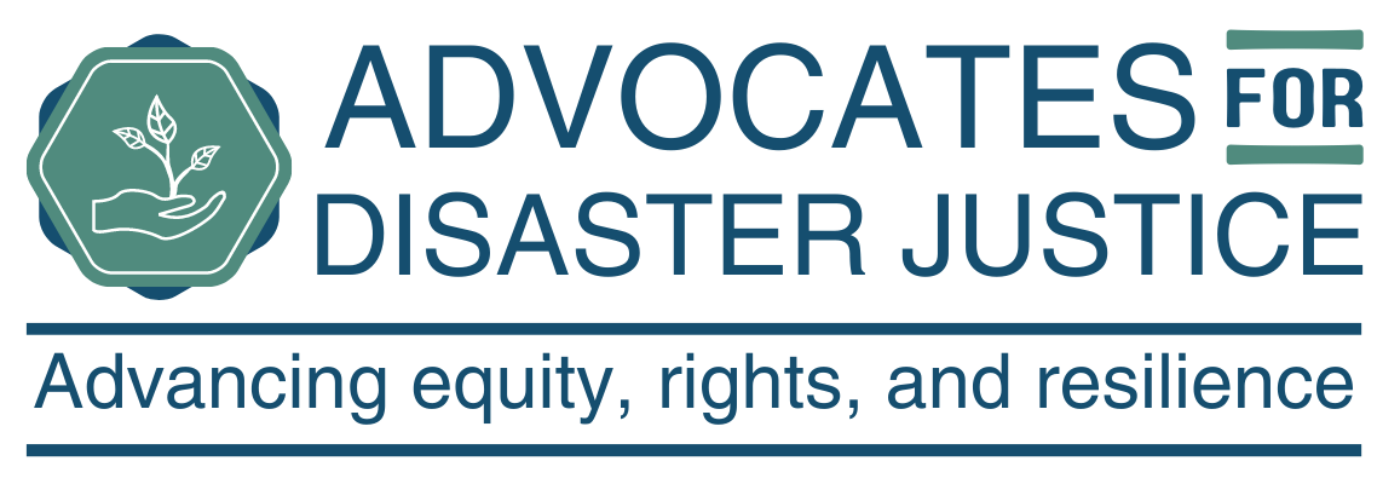Use Ready.gov to Plan Ahead for a Disaster
Preparing for a Disaster in Advance Can Save Lives & Make a Big Difference in the Recovery Process
Being ready for a disaster can make a big difference in the recovery process. Disaster readiness across the United States depends on a variety of factors, including location, socio-economic status, risk perception, experience with past disasters, and having a disability. According to the Federal Emergency Management Agency's National Household Preparedness Survey:
- 59% of adults in the U.S. have pursued three or more 12 preparedness actions, such as knowing evacuation routes or signing up for alerts and warnings
- 44% have saved for a rainy day
- 44% of adults said they were prepared for a disaster
Everyone should have a Disaster Plan. Where can you start?
- Two great places to start are Ready.gov and the American Red Cross. These sites give general and specific planning advice for surviving different types of disasters.
- You can start with a Disaster Plan like this one offered by the American Red Cross, which includes free disaster plan templates you can download and print to discuss with your family.
- You can also print this family emergency plan from Ready.gov.
Resources for People with Disabilities
- This Emergency Ready Sheet by Disability Rights Texas helps people with disabilities keep important information in one place in case a disaster or emergency strikes.
- This video by Disability Rights Texas covers what people with disabilities need to know to prepare for a disaster. Learn what to do before, during, and after a disaster. Watch the video
